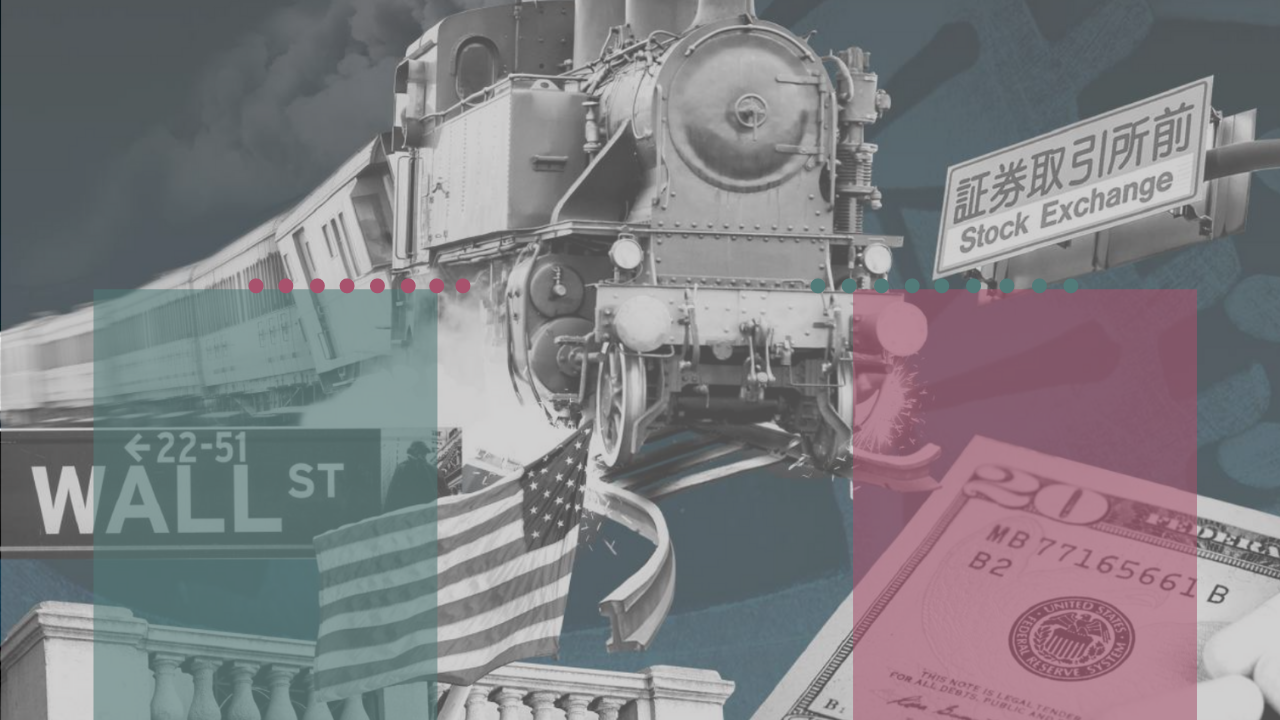
Runaway Train: The Perilous and Pernicious Path of Private Capital Worldwide
The increase, expansion, and acceleration of private capital are both causes and symptoms of the decay of capitalism as it silently spreads across new markets and technologies and seeps into unregulated crevices, obfuscating sources of investment or their effects on society.
After conducting dozens of stakeholder interviews and reviewing nearly a thousand sources over six months, at Empower we conclude that there is no single definition, official source, or even common understanding of private capital. It is quintessentially opaque. What is clear, however, is that private capital is present, pernicious, and — on its current runaway course — perilous.
In this book we aim to catch up with the runaway train of advanced capitalism that propels private capital forward. We explain where private capital comes from, its salient trends, and worrisome characteristics. We document its pervasiveness and insidiousness worldwide. We explore opportunities for transparency and accountability across the investment chain. And we offer recommendations for our intended audience — corporate accountability advocates and other civil society stakeholders of corporations — as we attempt collectively to contain if not reverse the shift of capital from public markets under public scrutiny into private markets beyond our influence.
If we are to prevent the decay and deepening of capitalism from further affecting human rights, the environment, and the common good and reassert public decision-making over our economic systems, we must join forces across the frontiers that separate us. To this end, this book also speaks to researchers and scholars, advocates and campaigners, funders, journalists, investors and pensioners, and even like-minded regulators and politicians.

The size of the problem
379
trillion USD — The value of global financial assets
114
trillion USD — All financial institutions that are not central banks or goverment institutions, banks, insurance companies, or pension funds, such as asset managers, private equity, and hedge funds
10.74
trillion USD — Private capital assets under managment as 2020
17.16
trillion USD — Private capital assets under management by 2025
The train is coming off the rails
As an unprecedented wealth transfer takes place worldwide, a concomitant capital shift from public to private markets is happening in real-time and right under our noses. This threatens the last vestiges of public decision-making in our economic systems. A primary motivation for this book is to document what’s happening and alert advocates, civil society organizations, and other stakeholders before the runaway train of advanced capitalism reaches the end of the line.
An undisputed surge in private capital is at hand. Although public markets remain vastly important, capital is increasingly raised and held privately and, consequently, ownership is shifting to private markets. As of 2020, private market assets under management reached 10.74 trillion USD or roughly 10% of global GDP. By 2025, it is estimated that this figure will rise to 17.16 trillion USD, with Asia instead of the U.S. or the U.K. as the major growth driver. Private equity AUM currently accounts for 4.4 trillion USD or 41% of private capital, with private debt accounting for an additional 848 billion USD or 8%. Unlisted real estate, infrastructure, and natural resources commodities together comprise an additional 1.9 trillion USD or 18%. And hedge fund AUM are currently valued at 3.6 trillion USD or 34% of private capital.
Private Capital investment chain

Stakeholder recommendations
For advocates and campaigners
- Together we can stop the runaway train of private capital. It’s time to adjust our rearview mirrors and focus.
- We must also generate a common understanding and shared strategy about private capital.
- Privatization, financialization, and the corporate capture of the State deserve more attention since they’re driving private capital.
- Let’s innovate upon existing campaigns against banks, asset managers, and pension funds, and retool our approaches to corporate accountability.
For philanthropic funders
- It’s time to adapt and expand corporate accountability philanthropy — the economy is changing.
- Let’s target private capital and eliminate a blind spot.
- Start with peer learning, common target-setting, and field building.
- The corporate accountability and human rights fields are on the cusp of change.
For researchers and scholars
- Private capital deserves more attention — period.
- Examine the impacts of private capital on people and planet — not just returns on investment.
- Emphasize the capital shift from public to private markets.
- Expand inquiry and analysis across the investment chain of private capital.
- Study the incentive structures for private investment.
- Decapture academia from private equity.
- Go beyond the role of the State to grasp the bigger picture.
For pension funds
- Lead the charge to dump private capital.
- Lead new investments in economic sovereignty — and public markets.
- It’s time for internal accountability and new organizing by pensioners.
For institutional investors
- Dump private capital, engage actively and exit responsibly.
- Keep the Investor Toolkit on Human Rights under your pillows.

